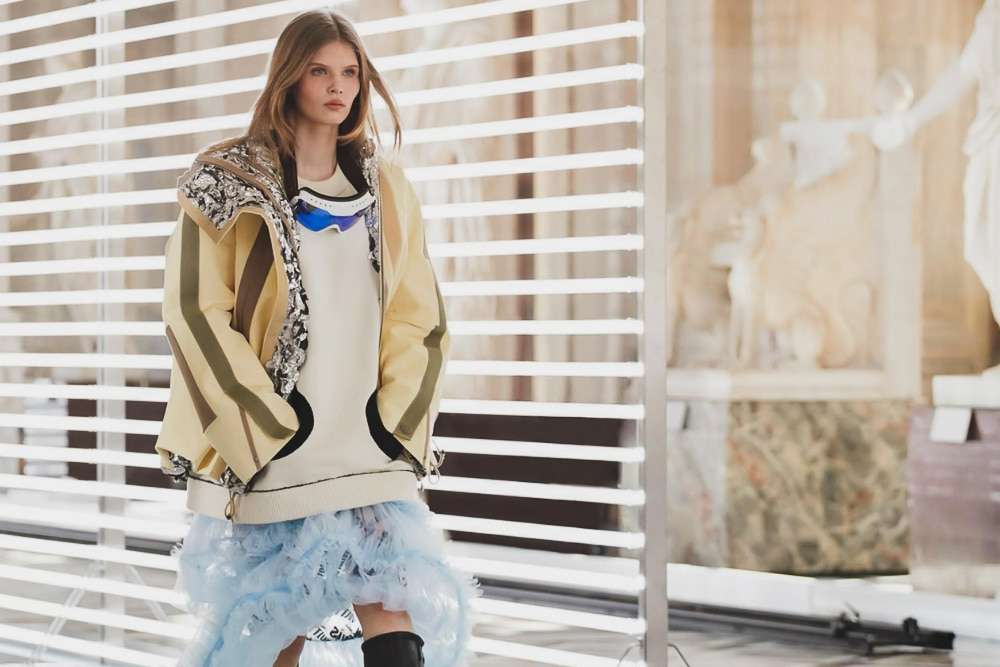French luxury brand the LVMH Group says its focus is now on sustainably designing all new products before the end of the decade.
It’s been less than a year since LVMH released its first “comprehensive” social and environmental report. The parent company to 75 luxury brands including Louis Vuitton, Dior, Moët Hennessy, Sephora, Bulgari, and Tiffany & Co, is going all-in on supporting sustainable growth and making quick strides.
The 140-page report details efforts across diversity and inclusion, as well as tackling climate change with bold initiatives including steps to reduce “scope 3 greenhouse gas emissions [transport and raw materials]” and “halve emissions from energy consumption by 2026.”
Through the lens of Covid
LVMH says that while efforts across many of these areas were already underway for some time, the Covid crisis punctuated the need for urgency.
“Throughout this unprecedented year [2020-2021], LVMH once again demonstrated unfailing resolve, taking action with all the people of the Group to address a multitude of social and environmental challenges,” it wrote. Efforts included creating hand sanitizers and producing masks across its brands.
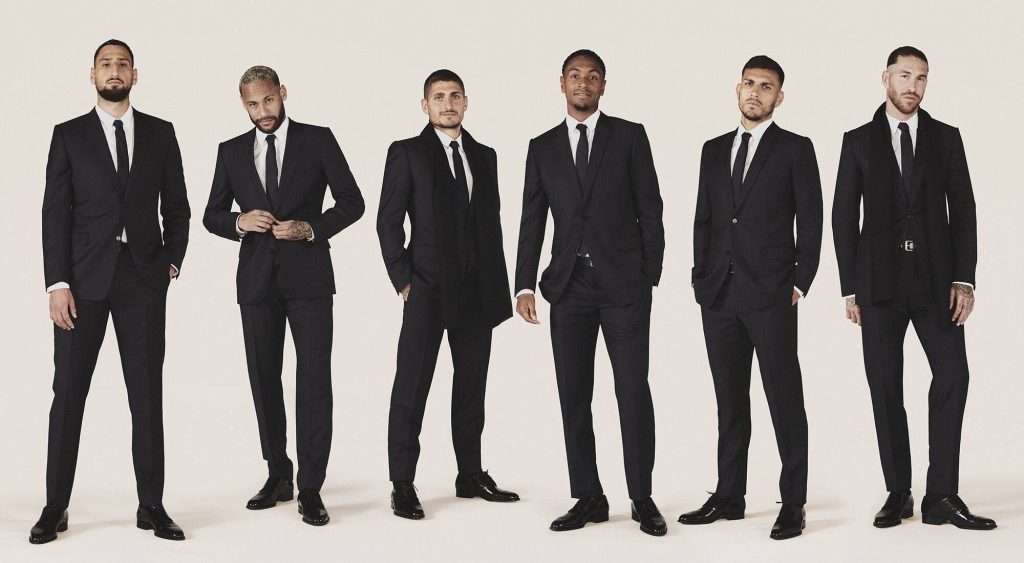
“The crisis spotlighted many instances of inequality and injustice. The tragedies that transpired during the year were a reminder of the progress that remains to be achieved, and that actions often speak louder than words,” the group wrote on its website. The group took a range of actions, including “creating a Diversity and Inclusion department in the United States, joining the International Labor Organization Global Business and Disability Network, or the signature by Sephora in the United States of the ‘15% Pledge’, dedicating 15 percent of shelf space to brands from Black-owned businesses.”
LVMH says it also highlighted the need for swift climate action.
“Relations between humans and non-humans must radically change. While protection of the environment has always been a priority for LVMH, the Group is now taking a major step forward with support from its Maisons to forge a new alliance between nature and creativity. This vision is articulated in LVMH’s new LIFE 360 environment program.”
The Group says this new iteration builds on the previous LVMH LIFE program, “which culminated at the end of 2020 after having achieved the great majority of its targets.”
Sustainability targets
Now, LVMH says it has identified opportunities for progress in key areas: regeneration of biodiversity, product circularity, and reduction of Scope 3 emissions.
“What’s more, precise measurement of the Group’s carbon footprint and impact on water and diversity in 2020 have led to the articulation of key challenges. Following extensive dialogue with LVMH Maisons, their early career professionals, students and the LVMH Science Committee, LIFE 360 sets precise targets for 2023, 2026, and 2030. This sets a course for creation of products that embody LVMH’s environmental ambition: create products in harmony with nature and which make a positive contribution to biodiversity and the climate, engaging all stakeholders. The complete LIFE 360 program is detailed for the first time in the report on LVMH’s commitments, which also presents the many initiatives taken by the Group’s Maisons to protect and preserve the environment,” the group said.
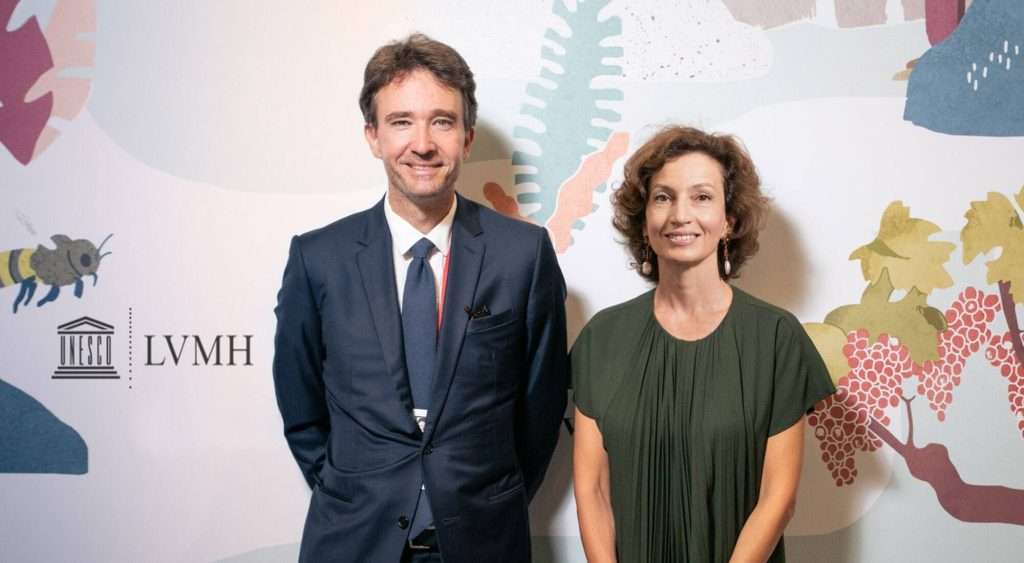
“There is no champagne without grapes, no ready-to-wear without silk and cotton, no perfume without flowers,” Antoine Arnault, head of LVMH image, communications and environment said during the IUCN World Conservation Congress last year.
According to Arnaut, the 2030 deadline for all new products released by its brands will be the result of eco-design and what it’s dubbed “creative circularity.”
For the luxury label conglomerate, that means adhering to its “strong belief that one of the principal characteristics of luxury products is that they should last forever.” It will also “preserve natural resources and avoid waste.” It says sustainable management of inventory will foster this. According to the report, the company’s maisons already “famously” employ skillful “inventory planning right from the design stage, making them very far removed from mass production.”
Eco-design
The brand says all facets of its businesses from fashion to its retail service are “involved in this drive to improve product composition and define eco-design practices.” It’s actively working to “avoid producing waste with sustainable inventory management,” noting that the “business models of [its] Maisons famously employ very tight, skillful inventory planning right from the design stage, making them very far removed from mass production.”
Last year, as part of the company’s sustainability mission, its Moët Hennessy brand opened a €20 million research center for sustainable spirits.
Before his untimely death, former creative director for Louis Vuitton Virgil Abloh brought a sustainability sensibility, including the brand’s first vegan unisex sneakers and sustainability logos across the label. Abloh was a frequent materials re-user, working with previous collections and surplus materials. The forward-thinking designer was a firm believer that previous collections shouldn’t be thought of as out of fashion and “should instead be transformed into signature items that are reinterpreted from one season to the next.”
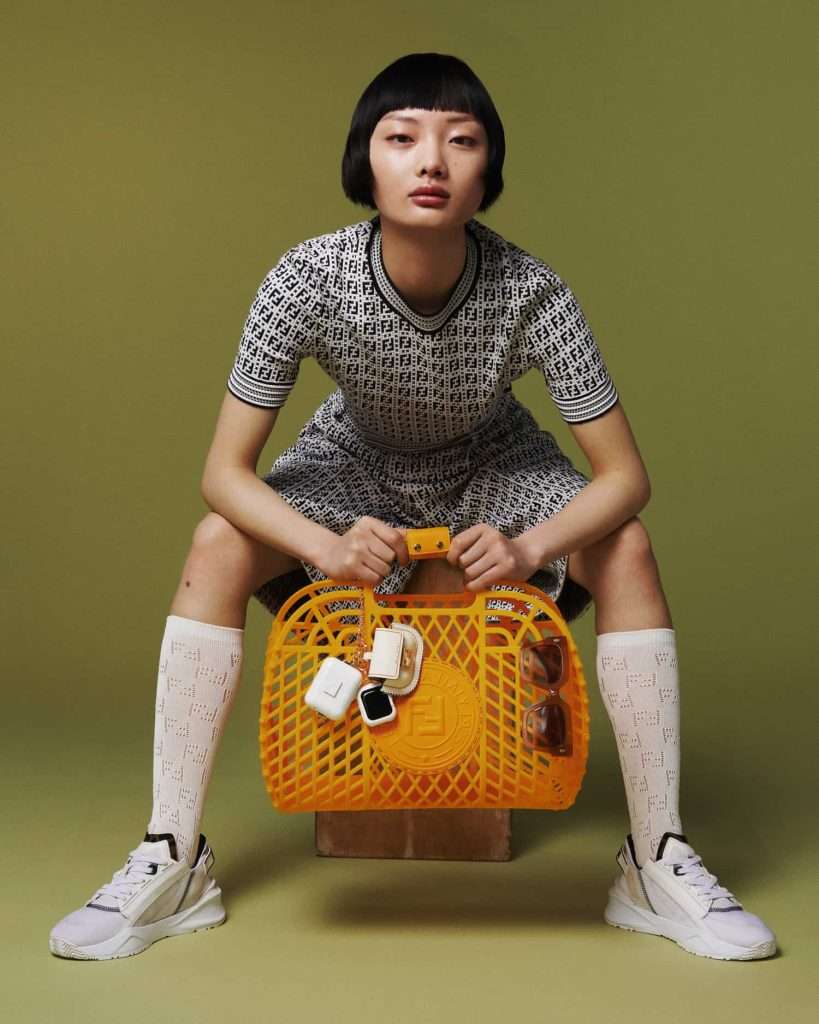
Fendi also embraced bio materials as it brought recycled polyester and sustainable cotton to its iconic Baguette and Peekaboo handbags. It also used deadstock and archived pieces for its 2020-2021 collections. In 2020, Fendi boosted its circular economy initiatives in Italy, donating unused fabrics and materials.
Earlier this year, LVMH announced it’s working on lab-grown fur to help brands like Fendi reduce its use of animal-based fur. While other luxury brands such as Kering have long eschewed fur, LVMH has been slow to take a stand against it.
Efforts also include a training program for Turkish cotton growers on how to use fewer chemicals—cotton is one of the most heavily sprayed crops in the world. It’s also setting clearer targets for regenerative agriculture. Latest figures include restoration of five million hectates of wild lands by 2030, “the equivalent of a small country,” Arnault said.
Louis Vuitton, LVMH’s Perfume and Cosmetics Maisons, and Sephora are all working with the Environmental Center for Eco-Friendly Packaging Breakdown and Recycling to recycle unsold items and develop new downstream recycling opportunities. Sephora has also recently introduced sustainability stamps across its online platform that make it easier to identify green-minded beauty brands.
According to Arnaut, tackling sustainability is a lot like medicine, “if you don’t have the right diagnosis you can’t offer the right cure. Unfortunately, we are still in the diagnosis phase.”
Reuse and repair
Like a growing number of its competitors, LVMH brands are now prioritizing after-care and repair for products. LVMH says its brands are working to introduce more “sophisticated repair services,” as well as upcycling, reuse of precious raw materials, and “efforts to find alternative materials all feed into the Group’s circular economy strategy.”
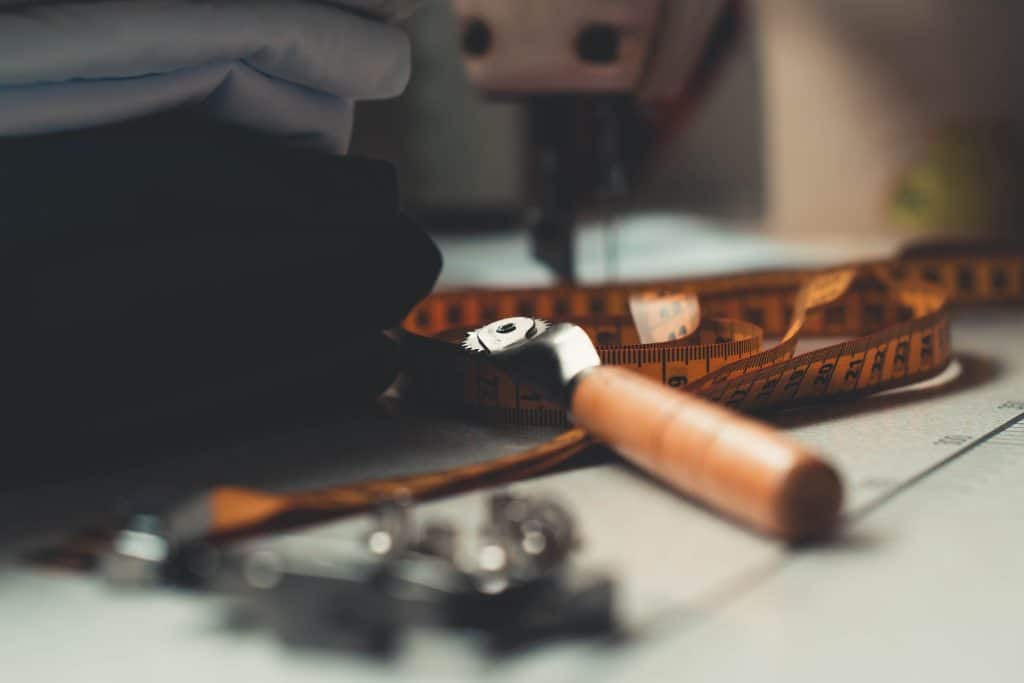
These are moves it says will help to ensure that, by 2030, “all new LVMH products will result from eco-design, so as to present a minimal environmental footprint – from raw material extraction to transformation.”
All of these efforts are exciting the brands as new inspirations for innovation and find creative solutions not just to problems inherent to LVMH, but to the luxury sector at large.
“It’s our role to give back what we borrow from nature,” Arnaut said. “We see protecting and regenerating biodiversity as offering a creative opportunity rather than new constraints.”

